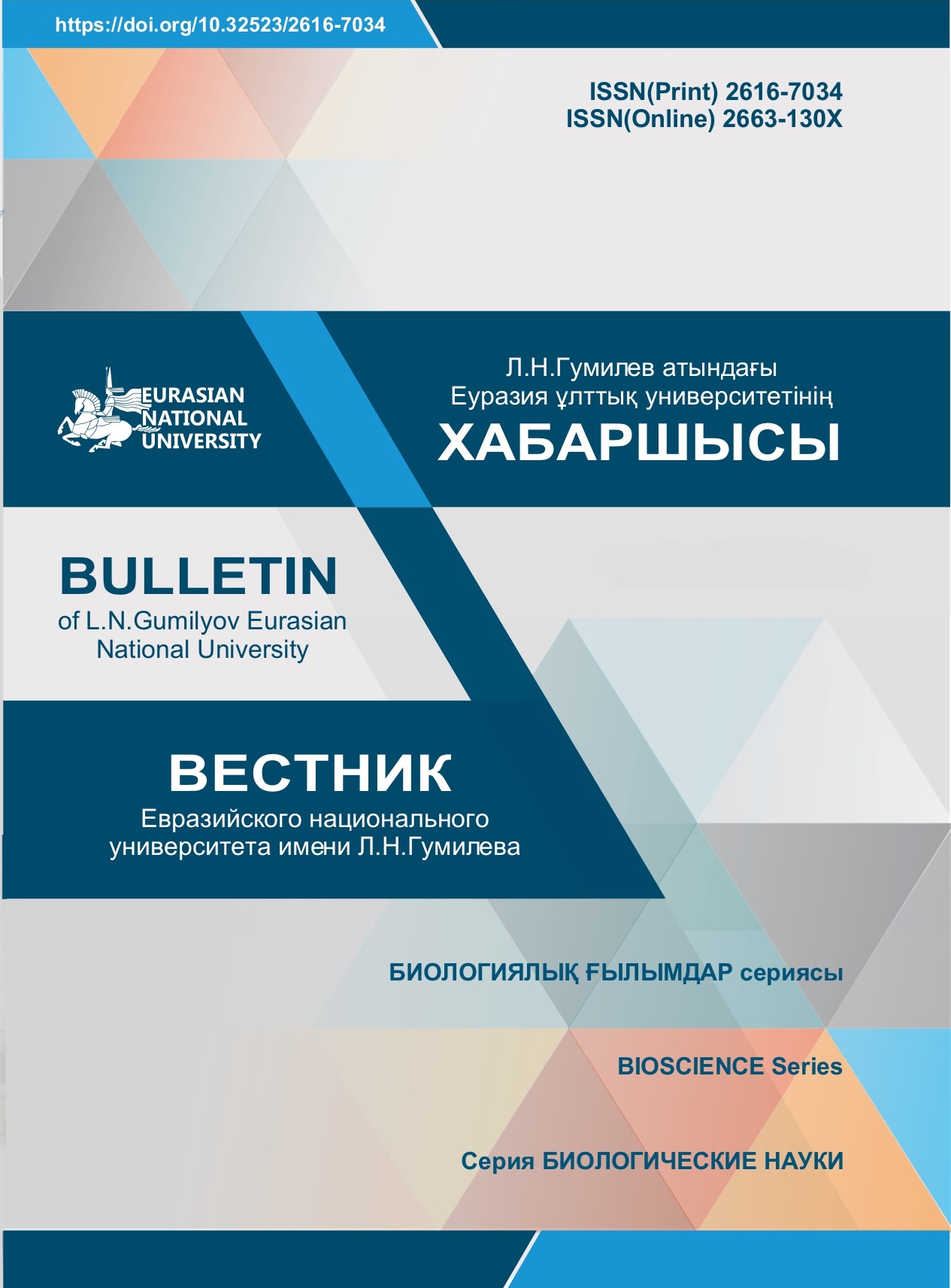Diversity of macromycetes in the black poplar forests of the Ural river valley
Views: 248 / PDF downloads: 310
Keywords:
black poplar forests, river valley, macromycete, biodiversity, Ural riverAbstract
Research works devoted to the identification of species composition of the mycobiota of the Ural River valley within the West Kazakhstan region (WKR) were carried out in the forest communities of the region from 2019 to 2021. On the basis of field studies, a mycological description of black poplar (Populus nigra) forests, which are the main forest-forming species of the studied territory, was carried out for the first time. Also, there was carried out a geobotanical description of the main black poplar communities. The study area is located within two botanical and geographical regions such as in the Eurasian steppe and Saharo - Gobi desert zones, the Holarctic kingdom, on the border of the Boreal and Ancient Mediterranean subkingdoms. Throughout the floodplain along the Ural River poplar forests are the dominant species. When studying the diversity of macromycetes in the biota of cap fungi of black poplar forests, there were registered 42 species of macromycetes belonging to 32 genera and 19 families, 7 orders of the class Agaricomycetes. Ecological-trophic analysis showed a
predominance of xylotrophs (18 species, 42,9 %) and humus saprotrophs (13 species, 31 %) over mycorrhizal (11 species, 26,1 %).) According to the results of the study, it can be assumed that the species composition of macromycetes is significantly influenced by the geographical position of the region, the geomorphological structure of the Ural River, as well as the soil-climatic and hydrological conditions of the region.
The taxonomic composition of macromycetes collected and identified in the study area is presented for the first time for this area.








